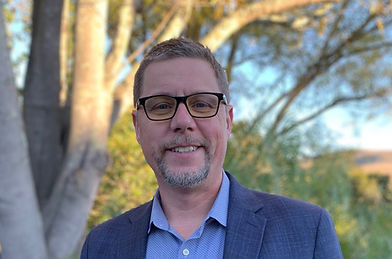

Anti-Oppression
“Two things can be true at the same time. Someone may not intend harm, not intend racism — but they may nevertheless cause harm, and cause it through racism.” - Minda Hearts

COMMITMENT TO ANTI-OPPRESSIVE PRACTICES
In my professional and personal life, I am committed to reducing the suffering of others due to racism, sexism, homophobia, transphobia, anti-semitism, xenophobia, ageism, ableism, Islamophobia, and other forms of oppression. I am committed to doing social justice work to promote the wellness of all and uplift the voices and experiences of marginalized communities. I approach situations with humility and curiosity and fully acknowledge my own biases in any given situation based upon my experiences and the privileges associated with my social position.
WHY INCLUSION MATTERS
Inclusion isn’t just ethical—it’s effective.
Organizations that invest in equity, inclusion, and belonging consistently outperform their peers in innovation, trust, retention, and team health. But inclusion doesn’t happen by chance. It requires education, self-awareness, and intentional change—starting with you as a leader.
This page offers powerful tools and resources to help you better understand implicit bias and build a more anti-oppressive, inclusive team culture.
Explore Your Implicit Bias; Every leader has unconscious patterns of thought. The key is becoming aware of them.
Start by taking free, research-backed assessments from Harvard University:
Use these tools to examine bias in areas like race, gender, age, ability, and more.
Tip: Have your leadership team take the tests too—then schedule time to reflect together.
CONSULTING FAQ

Who do I work with? I partner with leaders and teams across diverse sectors—nonprofits, corporations, healthcare, education, startups, and more. Many of my clients come from high-pressure, low-support environments and are seeking a better way to lead, manage teams, and drive meaningful change. Whether you're a new manager or a seasoned executive, coaching can help you lead with clarity, confidence, and purpose.
What does the coaching process look like? It starts with a conversation. In our initial consultation, we’ll clarify your goals, explore challenges, and co-create a roadmap that fits your leadership style, organizational role, and values. From there, we’ll set measurable objectives and engage in structured sessions that promote insight, action, and sustainable results.
What does coaching cost? Coaching is available at $350/hour, with pricing packages available depending on your needs. For ongoing work or organizational engagements, I offer customized rates based on the scope, frequency, and size of the team. During our consultation, we’ll determine the best approach for your goals and budget.
What tools or resources are included? You’ll receive customized worksheets, frameworks, and reflective exercises that align with your goals. These tools are designed to help you apply insights between sessions, build momentum, and track progress. For group coaching, I also provide materials to support collaboration, feedback loops, and accountability across the team.
What experience and training do you bring? I bring over 20 years of experience coaching employees, managers, and executives. My background spans leadership development, strategic planning, team dynamics, and building inclusive, high-performing cultures. I blend deep expertise with a practical, human-centered approach to help you thrive—both personally and professionally.
A Note to Leaders
Taking the time to understand inclusion, equity, and bias isn’t a detour from leadership—it is leadership.
By committing to this work, you create teams that are more connected, engaged, and capable of sustainable growth.
.jpeg)

.jpeg)